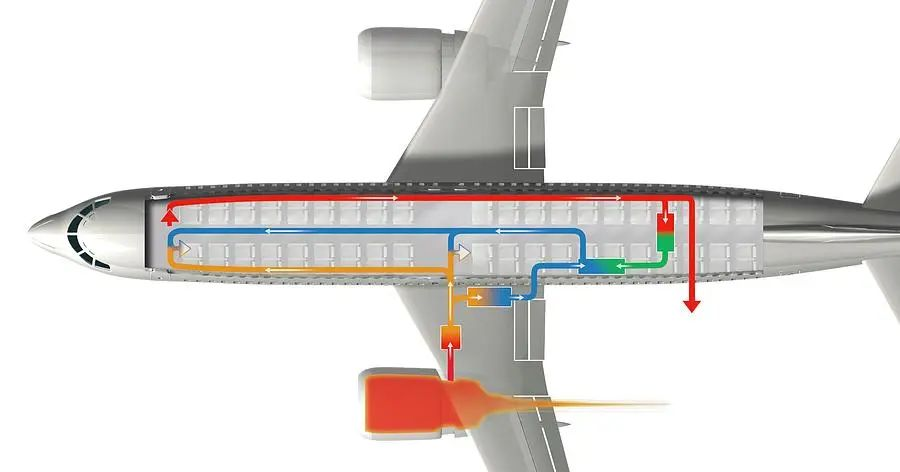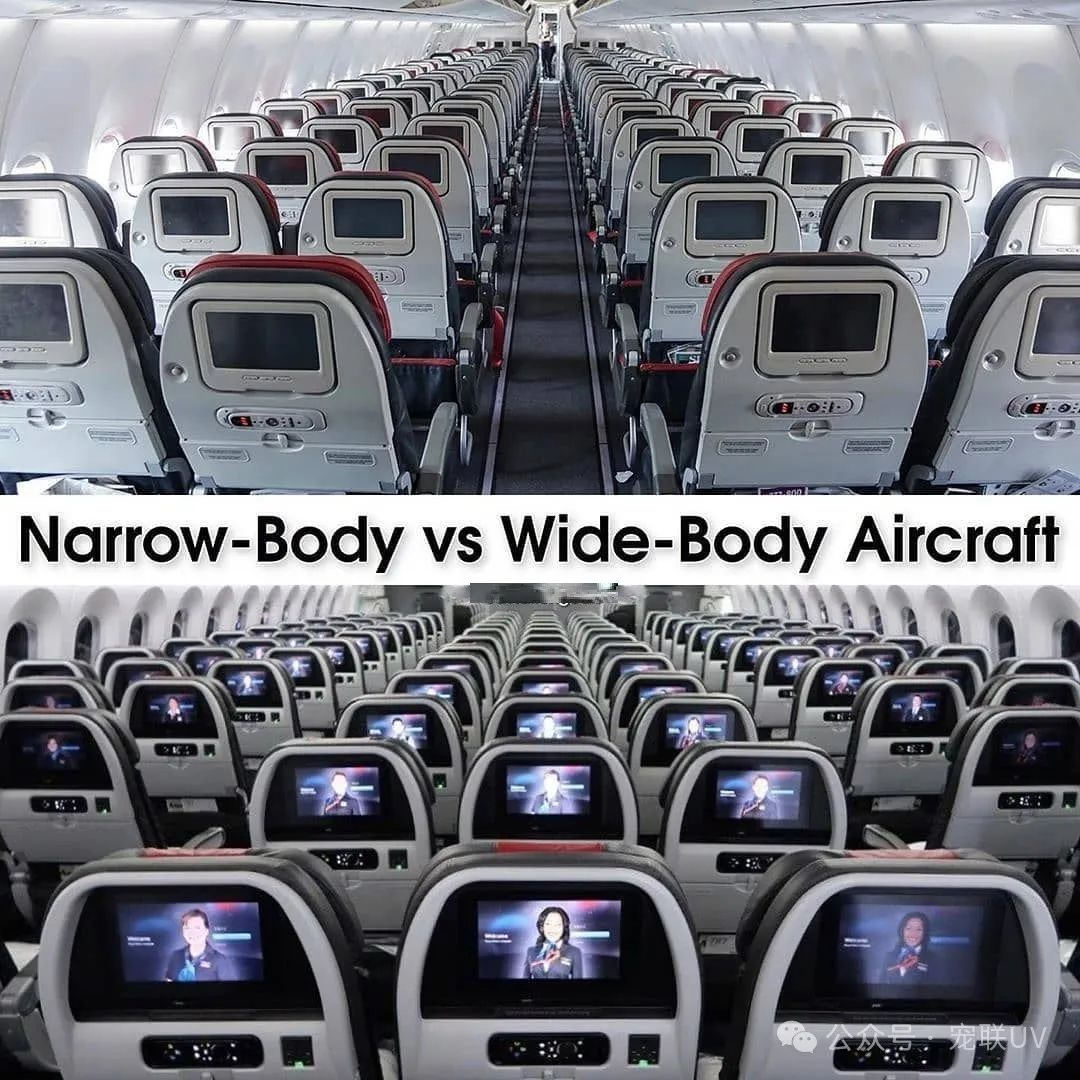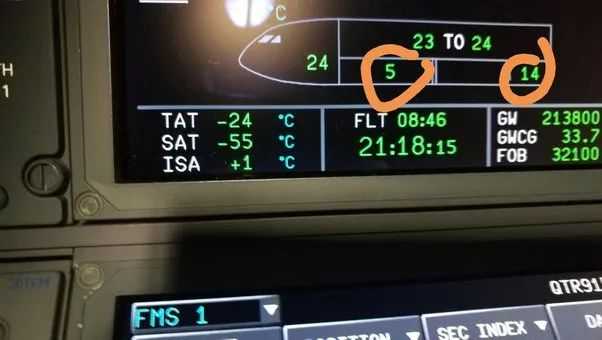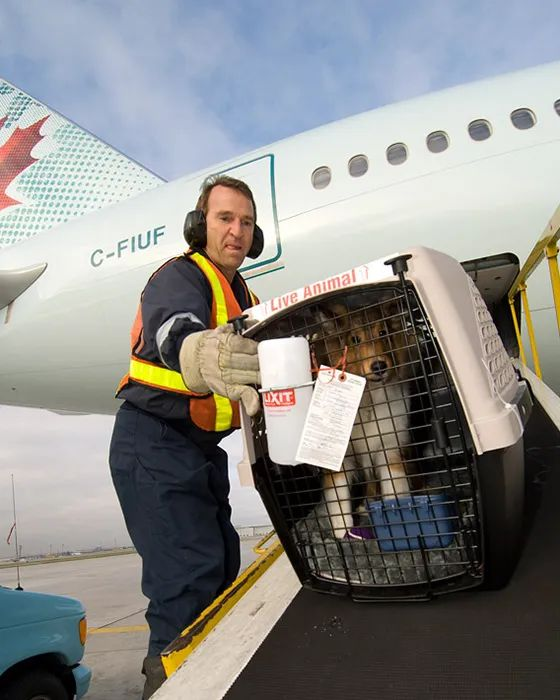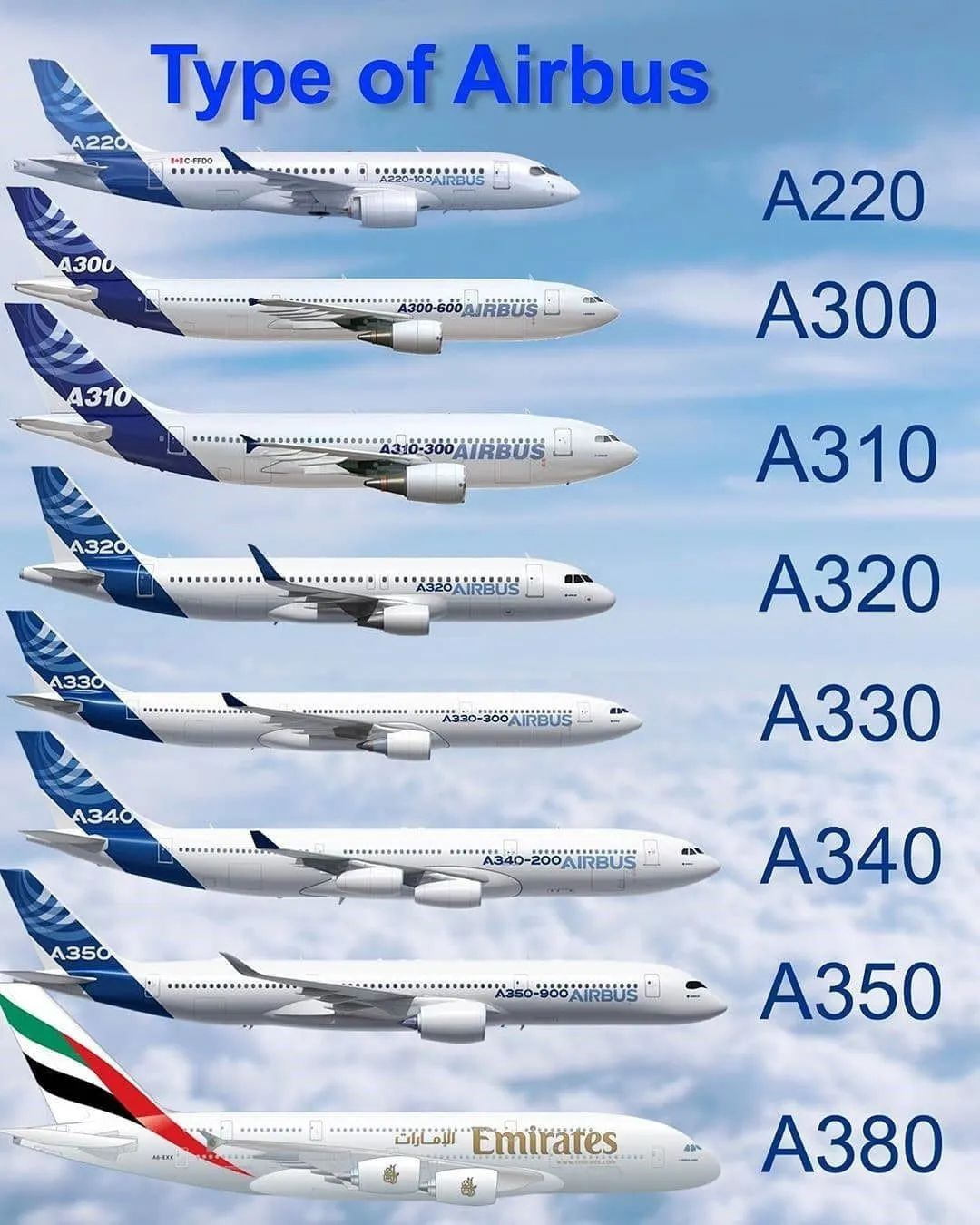How to choose a plane for pet transportation?
Recently, the north has been unusually cold, and with the arrival of the Spring Festival, I believe many pet owners in the north will have the impulse to fly their babies to the south to spend a warm winter. However, flying pets by air always makes us worry about potential dangers during transportation. Is there any way to minimize the risk of accidents? Where should pet owners pay attention? Today we will introduce how to choose an airplane when transporting pets?
Over 10 years ago, when transporting pets, the most concerning and frequently asked question for pet owners was whether there was oxygen in the cargo hold, and whether there was an oxygen chamber? Will pets suffocate and die? These are actually not the key points. Aircraft without oxygen chambers are products from a long, long time ago. Nowadays, aircraft cargo holds have oxygen chambers, and the entire air circulation system enters the cargo hold from the cabin and circulates back to the cabin, forming a flow system. Therefore, suffocation has never been a problem with oxygen.
In addition to the front and rear cargo compartments, modern aircraft also have a Bulk Cargo area where live pets such as cats and dogs are usually placed. Accompanying the pets are the luggage of airline personnel and first-class passengers, which are the first to be transported during aircraft loading and unloading. Since it’s not oxygen that causes danger when pets are checked in by plane, what is it?
In addition to oxygen, daily pets also need a temperature suitable for survival. If the temperature is too high, they will dehydrate and suffer from heatstroke, while if the temperature is too low, they will suffer from hypothermia and eventually freeze to death. Maintaining a temperature suitable for pet survival is the key to pet survival when flying.
Returning to the issue of aircraft design, there is a slight difference between the cargo hold and the passenger cabin on board. The cargo hold only has a heating function, not a cooling function. Some aircraft may have heaters in the cargo hold or introduce heat from the engine, which are controlled by switches at the pilot’s end. You should know that when an airplane is flying at high altitude, the outside temperature is only about minus 30 degrees Celsius, and the cargo compartment door is not as sealed as the cabin door, so there is no need to cool down at all. It is only possible that the cargo compartment is too cold.
Based on the design principles of aircraft cargo holds, we can imagine the dangers that cats and dogs may encounter during transportation:
1: In winter in the north, pets usually need to be handed over to service personnel through a special luggage window 2-3 hours in advance (30 minutes in Europe and America), then transported by shuttle bus to the side of the plane, and then placed in the bulk cargo warehouse. From the beginning until the plane flies to high altitude and turns on the heater, pets will basically live in relatively cold or even very cold environments. After the plane reaches high altitude, the pilot turns on the heating device before it starts to warm up. If the plane is old or the heating device is not good, the temperature may only be heated to around 10 degrees. The pilot will sign for a special load notification to captain before the plane takes off, which includes a separate item for special cargo – live animals, reminding him to pay attention to maintaining a temperature of, for example, 10-25 degrees Celsius during the driving process.
2: In summer, regardless of the north or south, the outdoor temperature is very hot. If the outdoor temperature exceeds 30 degrees, the temperature in the cargo hold will be at least 40-50 degrees Celsius or above. From the shuttle bus onwards, pets will face the danger of heatstroke and dehydration. It is not until 20 minutes after the plane takes off that the temperature in the cargo hold drops to a certain level that the pilot turns on the heater to maintain the temperature, which is why many cats and dogs die from dehydration and heatstroke during check-in.
How can we avoid the most common cause of death for pets when flying?
1: Try to choose large passenger aircraft and wide body dual aisle aircraft. Generally, the cargo hold of small aircraft does not have an active temperature heater, which is used to alleviate the cold in the cargo hold through air circulation or absorbing engine heat, such as the Boeing 737 and Airbus 320, which are prone to overheating. Large dual aisle aircraft, new models of aircraft, may have temperature monitoring and temperature regulation devices in each cargo hold. Responsible pilots will actively monitor and control the temperature of cargo holds with live pets, such as Boeing 787, 777, Airbus 350, and so on.
When choosing a plane, pet owners will definitely notice that some flights are marked as not allowing pets to be checked in. These situations are mostly due to poor temperature control systems on the plane, which can easily lead to pet death and have nothing to do with whether there is an oxygen chamber.
2: Choose the flight with the smallest temperature difference and the most comfortable temperature during the time period. For example, in the south or during summer, try to choose planes in the morning or evening. The air outside is much cooler than noon, and the temperature in the cargo hold is relatively comfortable for pets. After flying to high altitude, the pilot can turn on the heater appropriately to ensure that pets do not feel hot or cold.
In the north or winter, try to choose planes around noon, whether on the ground or in the air, as the temperature is more comfortable to avoid hypothermia caused by excessive cold.
The above precautions are all necessary preparations that pet owners need to make in advance before departure. Choosing a comfortable and safe environment is crucial for pet transportation.
Post time: Feb-06-2025



